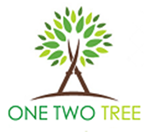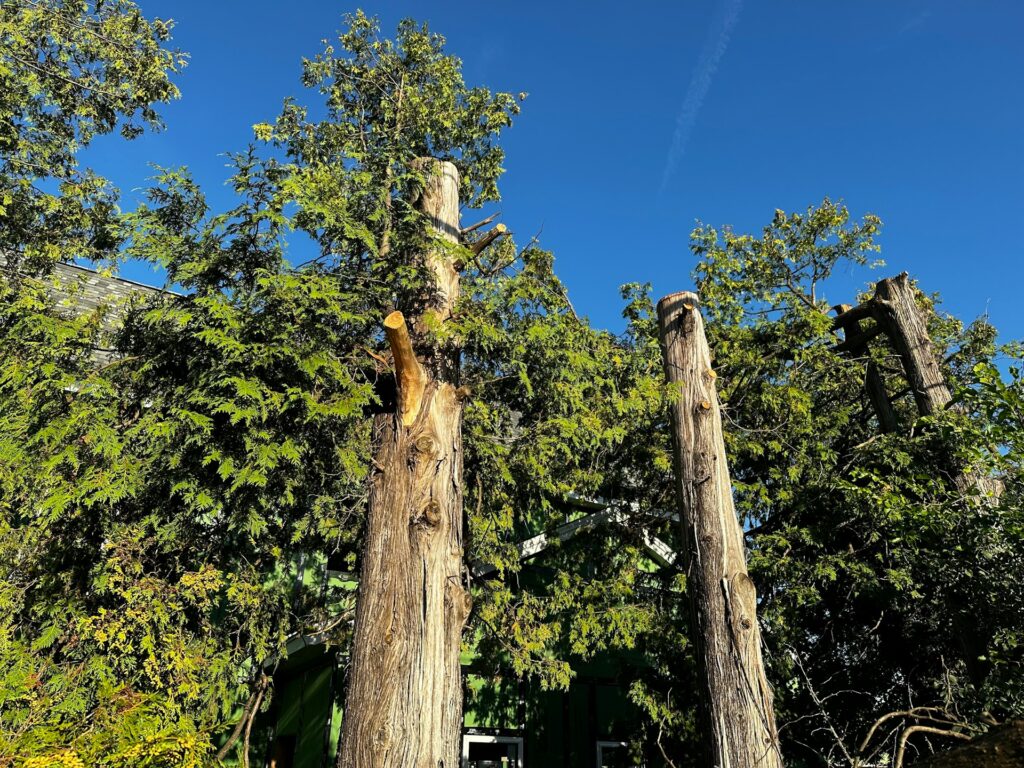Trimming your trees at the right time is essential for their health and the safety of your yard. Proper timing can help prevent diseases, encourage healthy growth, and avoid unexpected damage from falling branches. Knowing when to trim your trees ensures they stay strong and beautiful throughout the year.
In this guide, we’ll explore the importance of timing in tree trimming, the best seasons for the task, factors that influence the timing, and clear signs that indicate it’s time to prune. With these insights, you can maintain healthy trees that contribute to a safe and attractive yard.
Understanding the Importance of Timing in Tree Trimming
Timing your tree trimming right is crucial for several reasons. First, it helps ensure the health and growth of the trees. Trimming at the right time minimizes the stress on the tree, allowing it to heal faster and grow stronger. Cutting branches during the active growing season, for instance, can lead to unnecessary stress and increase the risk of disease and pest infestation.
Second, safety is a significant concern. During specific seasons, like late winter or early spring, trees are more dormant, making it easier and safer to trim branches without disturbing the tree too much. Trees that haven’t been trimmed properly can grow weak or dead limbs, posing a hazard during storms or high winds. Timely trimming removes these risks, safeguarding both your property and family.
Lastly, proper timing can improve the overall appearance and structure of the tree. Trees trimmed at the right time grow in a more controlled manner, ensuring they don’t develop awkward or dangerous shapes. This helps maintain an appealing landscape and prevents potential problems that might arise from uncontrolled growth.
Best Seasons for Tree Trimming
Choosing the best season for tree trimming is important to achieve the desired results. Here’s a guide to help you understand when to trim most effectively:
1. Winter Trimming: Late winter, before spring growth begins, is an excellent time to trim many trees. During this period, trees are dormant, which reduces the chance of disease and pest infection. The lack of leaves makes it easier to see the tree’s structure and identify any problematic branches that need trimming.
2. Spring Trimming: Light trimming in early spring can be beneficial for some trees. However, avoid heavy pruning during this time as new growth needs to establish itself without excessive cuts. Spring flowering trees should be trimmed right after their blooms fade to avoid cutting off next year’s buds.
3. Summer Trimming: Trimming in summer helps manage tree growth and address any storm damage. It’s also a good time to focus on removing dead, damaged, or diseased branches. However, be cautious with heavy pruning as it can stress the tree and affect its overall health.
4. Fall Trimming: Generally, it’s best to avoid trimming in the fall. Trees are preparing for dormancy, and cuts can leave them vulnerable to decay and diseases. Exceptions include removing dead or hazardous limbs that pose an immediate risk.
By understanding the best seasons for tree trimming, you can make informed decisions that promote the health and safety of your trees, ensuring they thrive year after year.
Factors That Influence Tree Trimming Timing
Several factors can influence the best time to trim a tree, making it important to evaluate each situation individually. Here are key considerations:
1. Tree Species: Different trees have different needs. For example, fruit trees often require specific trimming times to encourage better fruit production. Hardwood trees like oaks and maples also have ideal times for trimming to avoid fungal infections and pests.
2. Tree Health: The current health of a tree can dictate the timing for trimming. Trees that show symptoms of disease or stress should be trimmed promptly to remove affected areas and prevent the spread. Conversely, trimming a healthy tree can be scheduled more flexibly.
3. Local Climate: The climate of your area plays a role in determining the best time to trim trees. In regions with harsh winters, late winter trimming is typically best. In milder climates, some light trimming can be done nearly year-round, depending on the tree type.
4. Safety Concerns: Sometimes you need to trim trees due to safety risks, such as overhanging branches near power lines or structures. In these cases, trimming should be done as soon as possible, regardless of the season, to prevent accidents.
5. Goals for Tree Growth: The reasons behind your trimming can affect when you should do it. If you’re looking to control or direct growth, specific seasons may be better for achieving these goals. For example, trimming during dormancy can encourage robust spring growth.
By considering these factors, you can determine the optimal timing for tree trimming that aligns with your goals and addresses any specific needs of your trees.
Signs It’s Time to Trim Your Trees
Knowing the telltale signs that your trees need trimming helps maintain their health and safety. Here are some indicators it’s time to grab the pruning shears:
1. Dead or Broken Branches: These branches pose a significant safety risk, especially during storms. Removing them helps prevent potential property damage or injury.
2. Dense Canopy: If sunlight is unable to penetrate the canopy, your tree might need thinning. A dense canopy can hinder air circulation, leading to fungal growth and pest infestations.
3. Cracked or Split Branches: Visible cracks in branches can be a sign of structural weakness. These branches should be trimmed to prevent them from falling unexpectedly.
4. Growth Near Power Lines: Trees that grow too close to power lines are hazardous and should be trimmed to avoid contact. This is crucial for preventing power outages and ensuring safety.
5. Misshapen Trees: Uneven growth can affect the appearance and balance of trees. Trimming helps shape them properly and promotes a more symmetrical and pleasing structure.
6. Excessive Growth: When trees grow too tall or wide, they can encroach on buildings or block views. Proper trimming keeps them in check and maintains the desired size and shape.
By recognizing these signs, you can ensure timely trimming that promotes healthy growth, maintains safety and enhances the aesthetic appeal of your yard.
Conclusion
Choosing the right time for tree trimming is key to maintaining the health and beauty of your trees. By understanding the importance of timing, the best seasons for different types of trimming, and the factors that influence when you should trim, you can make informed decisions that benefit your landscape. Recognizing the signs that it’s time to trim will help you address issues before they become serious problems.
Keeping your trees well-trimmed not only improves their health and structure but also enhances the overall safety and appearance of your property. Whether you are dealing with overgrown branches or aiming to improve your tree’s growth pattern, being proactive about trimming will yield the best results.
If you’re unsure about the best time to trim your trees or need professional assistance, contact One Two Tree. Our experienced team is here to help you with all your tree trimming, tree removal, and landscaping needs. Don’t wait until a problem arises—give your trees the care they deserve today!

